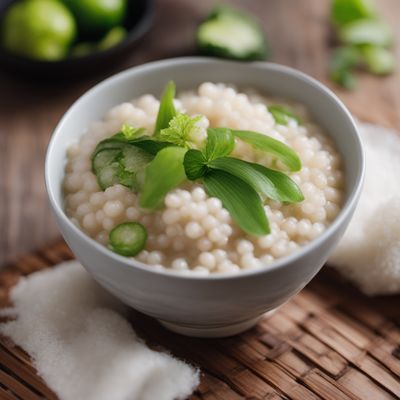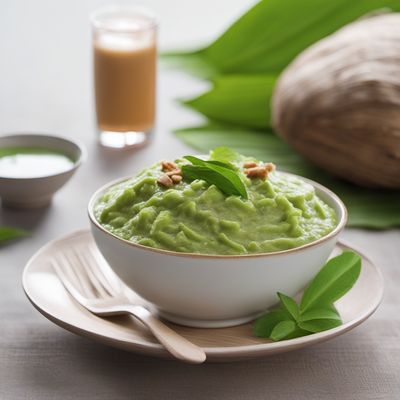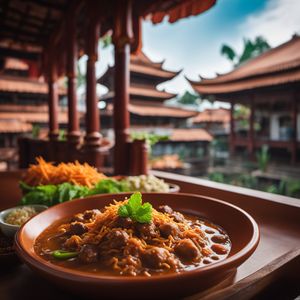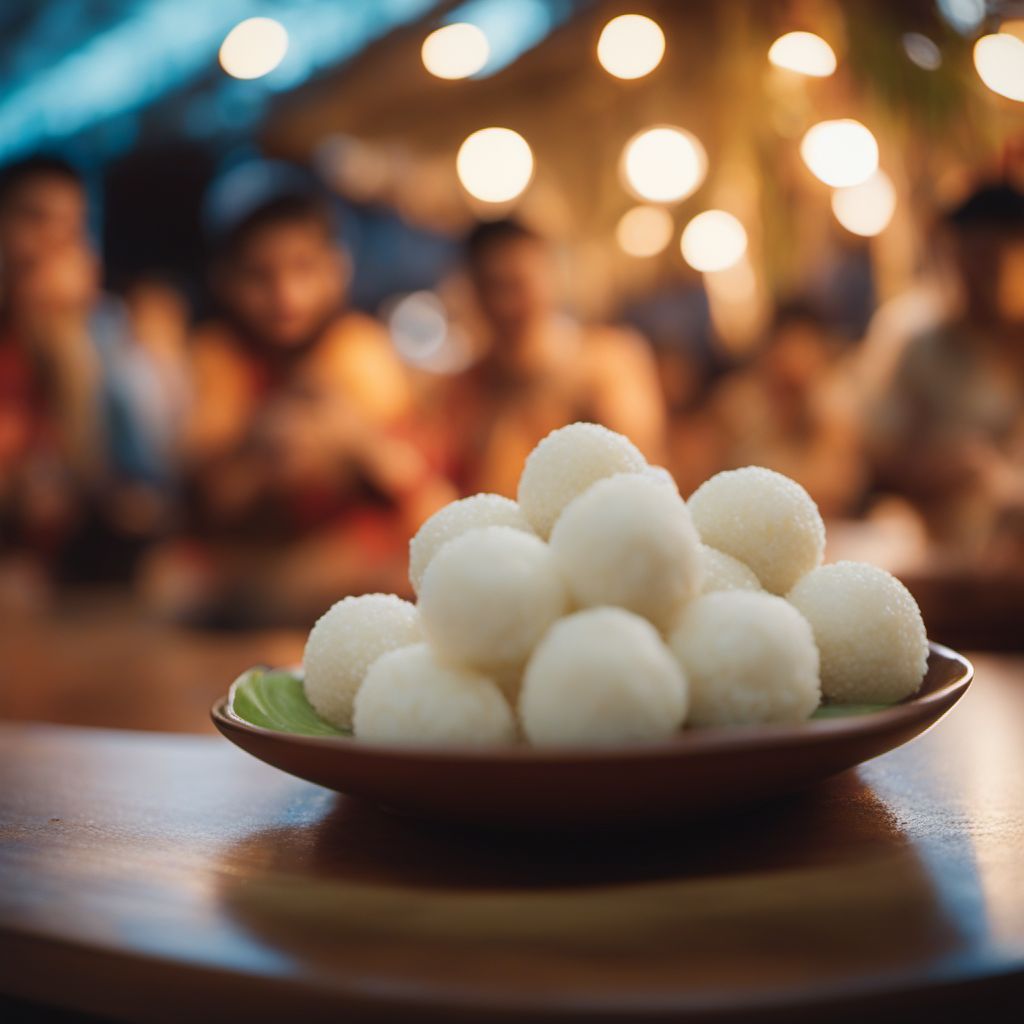
Dish
Bilo-bilo
Sweet glutinous rice balls in coconut milk
Bilo-bilo is made by mixing glutinous rice flour with water to form a dough. The dough is then rolled into small balls and boiled in coconut milk until they become soft and chewy. The dessert is then sweetened with sugar and flavored with pandan leaves. It is often served with sweet potatoes and jackfruit.
Origins and history
Bilo-bilo has been a popular dessert in the Philippines for many years. It is often served during special occasions such as weddings and birthdays.
Dietary considerations
This dessert is vegetarian and gluten-free. However, it contains coconut milk, which may not be suitable for those with nut allergies.
Variations
There are many variations of bilo-bilo, including adding other fruits such as bananas or mangoes. Some recipes also call for adding tapioca pearls for a different texture.
Presentation and garnishing
Bilo-bilo is often garnished with pandan leaves or coconut flakes on top. To make the dessert even more flavorful, add a pinch of salt to the coconut milk before boiling.
Tips & Tricks
When making bilo-bilo, it is important to use glutinous rice flour to achieve the desired texture. If the dough is too dry, add a little bit of water. If it is too wet, add a little bit more flour. Also, be sure to stir the dessert frequently while it is boiling to prevent the balls from sticking together.
Side-dishes
Bilo-bilo is often served with sweet potatoes and jackfruit. It can also be served with other Filipino desserts such as leche flan or ube halaya.
Drink pairings
Bilo-bilo is typically served as a dessert and can be paired with hot tea or coffee.
Delicious Bilo-bilo recipes
More dishes from this category... Browse all »
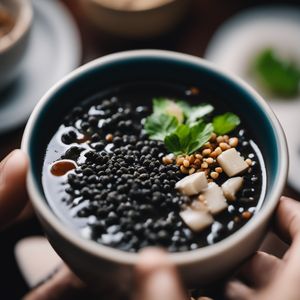
Black Sesame Soup
Chinese cuisine

Blåbärssoppa
Swedish cuisine

Cendol
Malaysian/Indonesian cuisine

Cheng tng
Chinese cuisine

Chè ba màu
Vietnamese cuisine

Chè bưởi
Vietnamese cuisine

Chè hạt sen
Vietnamese cuisine
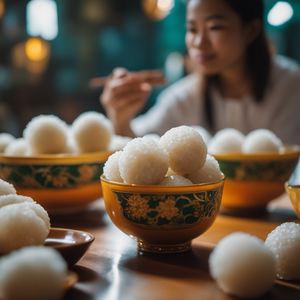
Chè trôi nước
Vietnamese cuisine
